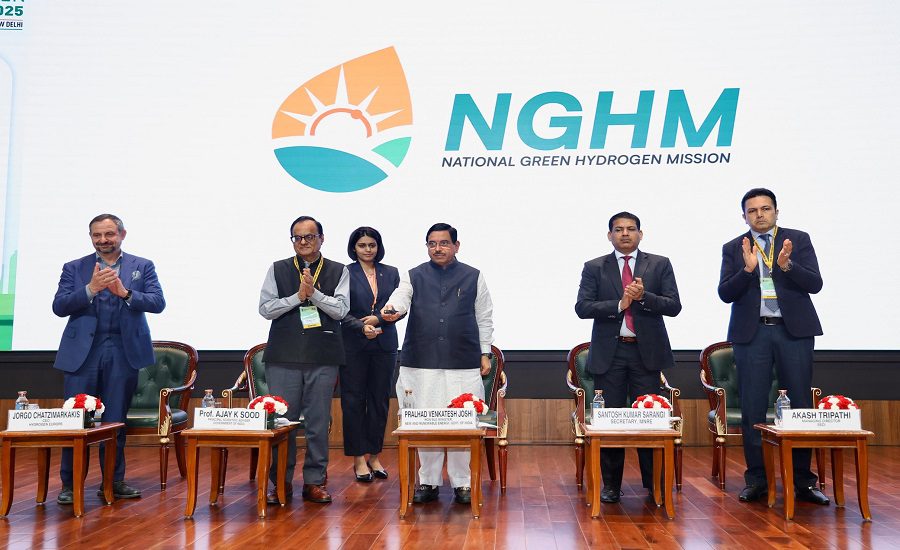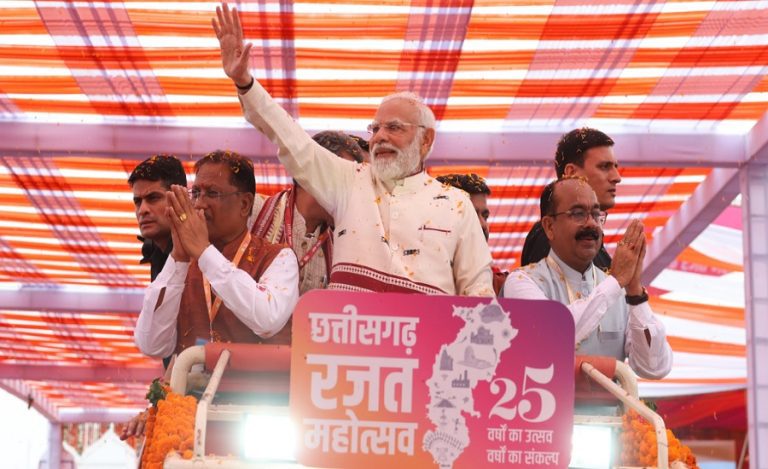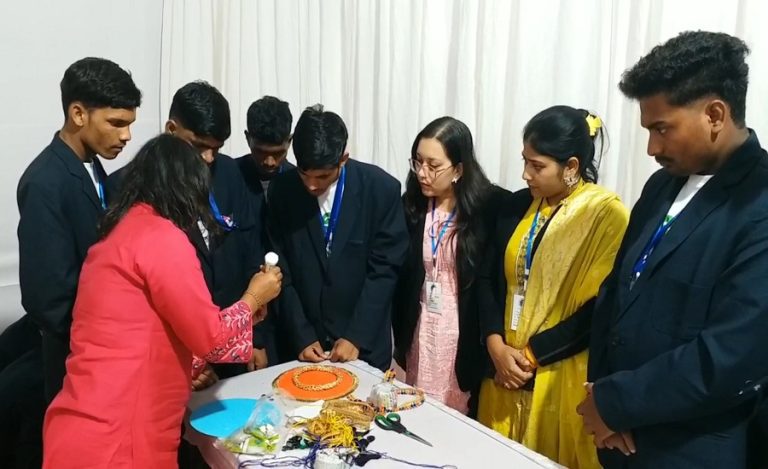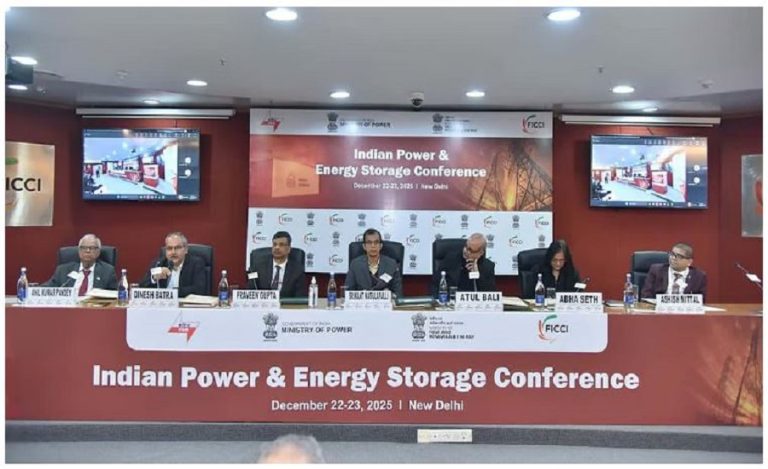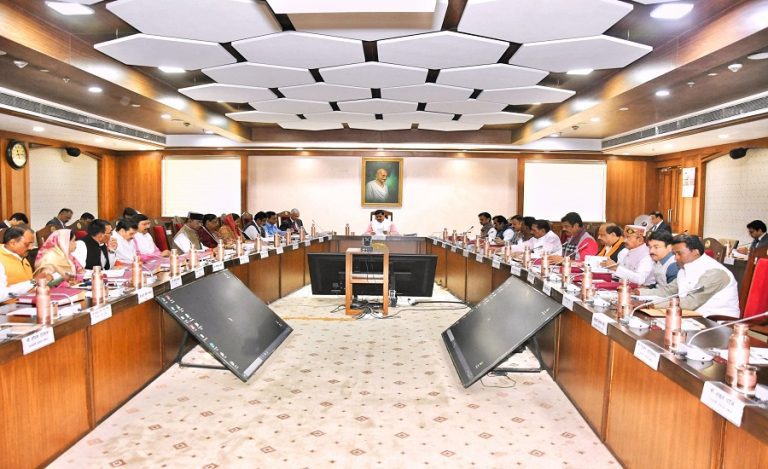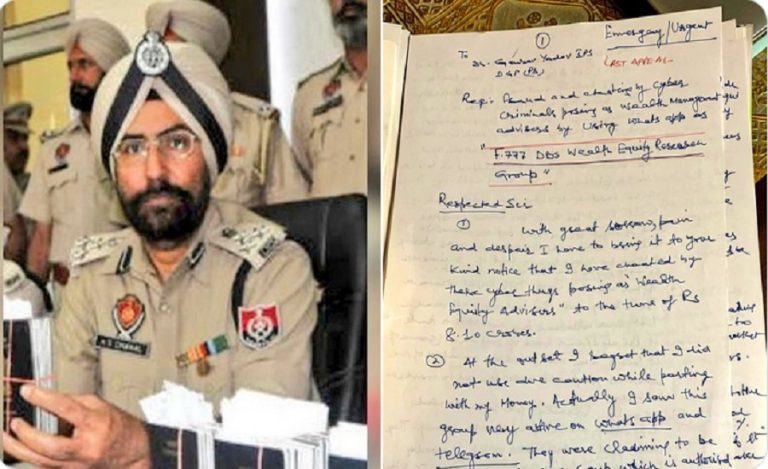New Delhi: Union Minister for New and Renewable Energy Pralhad Joshi on Tuesday launched a Rs 100-crore call for proposals for pilot projects aimed at producing green hydrogen from biomass and waste materials, under the National Green Hydrogen Mission (NGHM). The announcement was made during the 3rd International Conference on Green Hydrogen (ICGH 2025) at Bharat Mandapam.
Addressing the conference, Joshi said the NGHM is “accelerating India’s clean energy shift, creating jobs, attracting investments, and positioning India as a global hub for green hydrogen.” Alongside the scheme, he also unveiled the official logo of the National Green Hydrogen Mission, selected from over 2,500 nationwide entries, symbolising “the people’s participation in India’s green journey and the collective spirit driving the Mission.”
NGHM: A Global Solution for Decarbonising Industry
Launched in 2023 with an outlay of Rs 19,744 crore, the NGHM is aimed at decarbonising hard-to-abate sectors. Joshi described the mission as “not only a national programme but a global solution” and positioned green hydrogen as a fuel of a new civilisation critical to India’s long-term energy independence.
Under the Strategic Interventions for Green Hydrogen Transition (SIGHT) programme, incentives have been awarded for 3,000 MW per annum of domestic electrolyser manufacturing and 8.62 lakh metric tonnes per annum of green hydrogen production. India currently records the world’s lowest green ammonia price at Rs 49.75 per kg for 7.24 lakh MTPA of production, highlighting its cost competitiveness.
Biomass-Based Hydrogen to Boost Innovation
The newly announced Rs 100-crore initiative for biomass-based hydrogen pilots complements an earlier Rs 100 crore sanctioned for start-ups under the NGHM. The scheme will be implemented through the Biotechnology Industry Research Assistance Council (BIRAC) to encourage participation from industries, start-ups, and research institutions.
Joshi emphasised that the scheme will “strengthen the innovation ecosystem and demonstrate new, cost-effective technologies capable of accelerating India’s hydrogen transition.”
Building Skills, Standards, and Global Competitiveness
India is ensuring that all green hydrogen production runs on renewable energy. Currently, 43 hydrogen-related skill qualifications have been approved, certifying over 6,300 trainees. The government has also established robust frameworks, including the Green Hydrogen Standard (2023) and Certification Scheme (2025), along with 128 technical standards.
Joshi noted that with global economies adopting carbon-border adjustments, green hydrogen has become an economic necessity, positioning India to lead in competitive and climate-resilient clean value chains.
NGHM to Mobilise Investment and Create Jobs
According to Santosh Kumar Sarangi, Secretary, MNRE, the NGHM is expected to mobilise Rs 8 lakh crore in investment, create six lakh jobs, and save Rs 1 lakh crore annually in fossil-fuel imports. India’s non-fossil installed capacity has now crossed 250 GW, including 130 GW solar, over 50 GW wind, and 17 GW bioenergy and small hydro, putting the country on track to achieve 500 GW of renewable capacity by 2030.
India’s Low-Cost Advantage in Green Hydrogen
Ajay K Sood, Principal Scientific Adviser to the Government of India, highlighted that India enjoys a low-cost advantage in green hydrogen production, positioning the country as a potential major exporter to the European Union, Japan, and South Korea. He noted that green hydrogen combines economic competitiveness and technological leadership, driving global demand for clean energy solutions.
About the National Green Hydrogen Mission (NGHM)
The NGHM, a flagship initiative under the Ministry of New and Renewable Energy, aims to establish India as a global leader in green hydrogen. The mission focuses on policy support, technology development, demand creation, and infrastructure enablement to accelerate the adoption of green hydrogen across industries, enhance energy security, and reduce carbon emissions.

